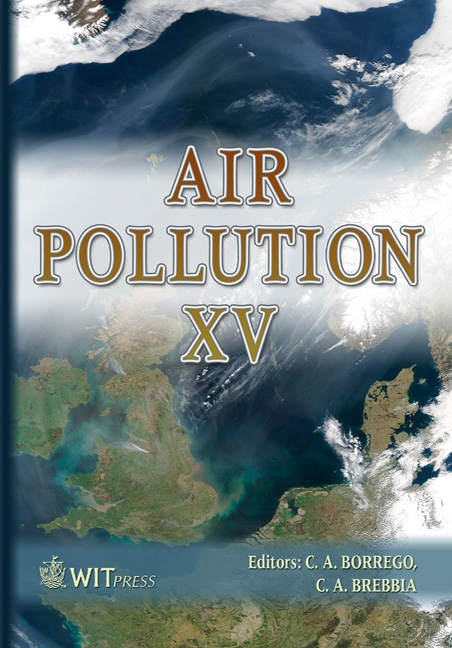Size Distribution Of Commuters’ Exposure To Airborne Particulate Matter In Buses In The UK
Price
Free (open access)
Transaction
Volume
101
Pages
10
Published
2007
Size
306 kb
Paper DOI
10.2495/AIR070481
Copyright
WIT Press
Author(s)
W. W. Song & M. R. Ashmore
Abstract
Traffic is an important source of particle emissions which contribute to urban air pollution around the world. In transport microenvironments particles of various sizes, which can be inhaled and cause serious health effects, are generated from fuel combustion. In this study, the size distribution of commuters’ exposure to particles inside public buses was examined in the city of York, UK. Measurements were conducted during the winter, inside different types of buses. Particle number concentrations were measured in four main size classes: 0.3–10µm, 1.0–3.0µm, 3.0–7.5µm, and 7.5–15µm. The correlation coefficients between particle number concentrations for these different size ranges differed for each type of bus. Statistical analysis showed that the different size classes of particles were influenced by different factors. Particles in size class 0.3-1.0µm were affected by the duration at bus stops, number of people active, and outdoor concentrations, but the effect of numbers and activities of passengers in re-suspending particles was the dominant factor for coarse particles. Keywords: transport, particles, exposure, buses. 1 Introduction The size distribution of airborne particles is an extremely important parameter for personal exposure studies in various microenvironments. Particle size distribution is very variable both in time and space, which reflects the stability, behaviour, characteristics and chemical composition of particles. Epidemiological evidence summarised by WHO [17] suggests that more than 280,000 premature deaths can be attributed to long-term exposure to particles in the 25 countries of the European Union (EU), while short-term exposure to particles also increases the risk of emergency hospital admissions for
Keywords
transport, particles, exposure, buses.





